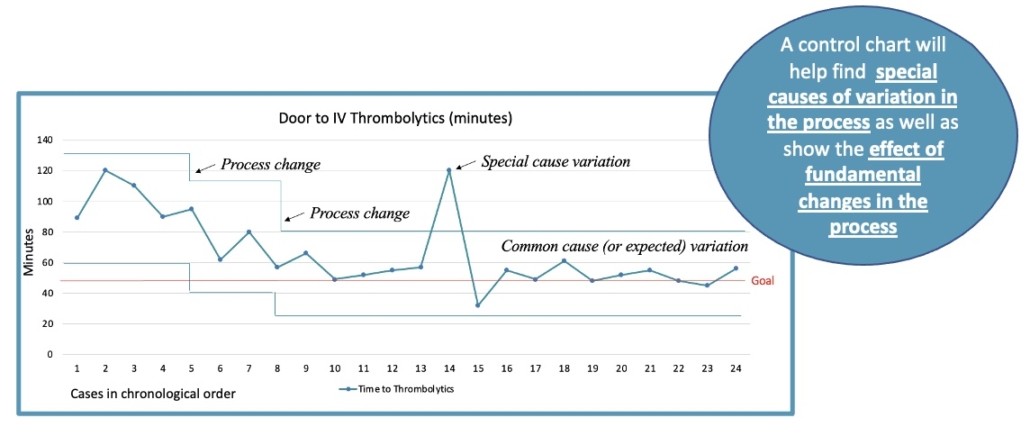Are The Financial Tough Times Behind Us?
A new reality is upon us! Hospitals are experiencing unprecedented challenges in maintaining operations at a profitable level.
While hospitals had unprecedented financial losses during the initial period of COVID-19, federal relief funding from the Coronavirus Aid, Relief and Economic Security (CARES) Act, helped neutralize hospital financial losses. But during the first 8 months of 2022, hospitals in the US were still operating substantially below pre-pandemic levels and many were on track for their worst financial year in decades.1
Fast forward to 2023. Hospitals will continue to struggle. Relief funding has dwindled. Everyone is grappling with an exhausted workforce and staffing shortages. Contract labor has become a mainstay for many hospitals.2 Inflation has driven up the cost of pharmaceuticals and supplies. And volumes are still down.
Because of this you may be feeling increased pressure to manage your program with less. It may be more challenging to get resources to sustain or expand your stroke program. Your stroke volume may be down due to diversion caused by staffed bed shortages. And your length-of-stay may be climbing because post-acute facilities for your patients are at capacity.
As we ring in the new year, there is a foreboding of uncertainty ahead!
What can you do, as a stroke program leader, to help mitigate financial worries of your organization and support the hospital and/or system’s 2023 strategic priorities?
- First, are you familiar with your organization’s budgeting practices? Do you know and understand your program’s budget and how it relates to other departments and the overall hospital budget? Often funds to support a stroke program are budgeted within several different departments, i.e., nursing, education, quality, marketing, etc. In this case, collaboration and negotiation with department leaders are needed to prioritize stroke program needs with other budget needs in these departments.
- Second, do you understand the economics of your stroke program? It’s vitally important for stroke program leaders to understand how their organization looks at profitability of programs or service lines. What financial metrics do your financial decision-makers consider when making budget decisions or program investments? Find out how your program is currently performing in these metrics and how your program can favorably impact them in the coming year(s). If additional investments are needed, it’s important to formulate the “business-oriented case” (short-term and long-term) using these financial metrics along with the “quality-of-care case” to illustrate the overall return on investment.
- Third, are your organization’s overarching strategic priorities for the upcoming year clearly defined for you? These may involve staff retention, volume growth, increased bed capacity, improved quality indicators, cost-reduction, length-of-stay reduction, readmission reduction, effective transitions of care, etc. It may be all of these!! It is important to bring your team together and determine where and how you can contribute to these priorities. In developing your action plan(s), include the value proposition for each stakeholder, or stakeholder group, and use this to gain support for initiatives that will help offset problems they are facing, i.e., staff retention, length-of-stay, transitions of care, etc.
- Lastly, how will you gain support for your plan or initiatives? It will likely require presentations to various stakeholder groups. Think through each group and what questions they will want answered. Organize your presentation accordingly. As an example, I had an important meeting with executive leaders to present a neurosurgery business plan and I crafted my presentation with my usual approach – a story with a beginning and an end. The night before, I rearranged the presentation and started with the “end” of the story, e.g., the financial impacts of the plan. This addressed the “burning” question of the executive leadership and, while the full picture was important to them. I answered “the bottom line” question before they had to scoot out for another meeting.
In closing, we find that stroke program leaders often have not been exposed to the economics of their stroke program in their organization and may not be totally familiar with how financial and executive leaders view the profitability of their program.
In support of our mission to bring important resources to stroke program leaders, we have developed a webinar entitled, Acute Stroke Economics 101, that is available on-demand at: https://strokechallenges.com/product-category/webinar/. It is designed to equip stroke program leaders with a better understanding of acute stroke economics and how to talk with financial leaders. Key topics of the webinar include:
- Key revenue and cost drivers in acute stroke hospitalizations
- How program profitability is determined
- Reimbursement for stroke care by various payers including Medicare MS-DRGs
- Financial impact of regulatory programs to improve care
- How program investments are viewed by finance leaders
_______________________________________________________________________________________________________
1Kaufman, Hall & Associates, National Hospital Flash Report Sept 2022: (August 2022 Data, 900+ Hospitals)
2Jonathan Cantor, PhD; Christopher Whaley, PhD; Kosali Simon, PhD; et al. US health care workforce changes during the first and second years of the COVID-19 pandemic JAMA Health Forum. 2022;3(2):e215217. doi:10.1001/jamahealthforum.2021.5217







